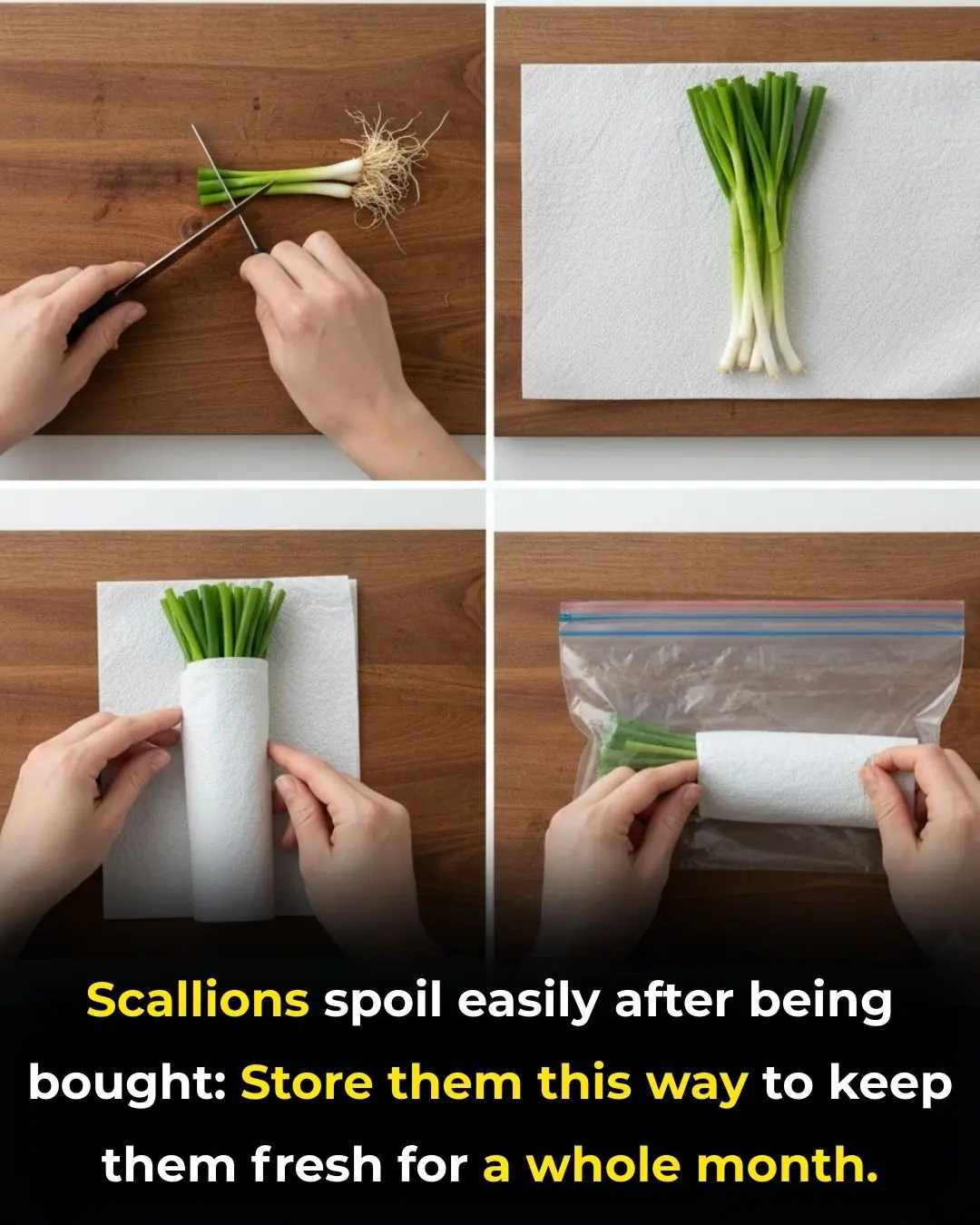
The Uses Of This Small Hole On a Padlock
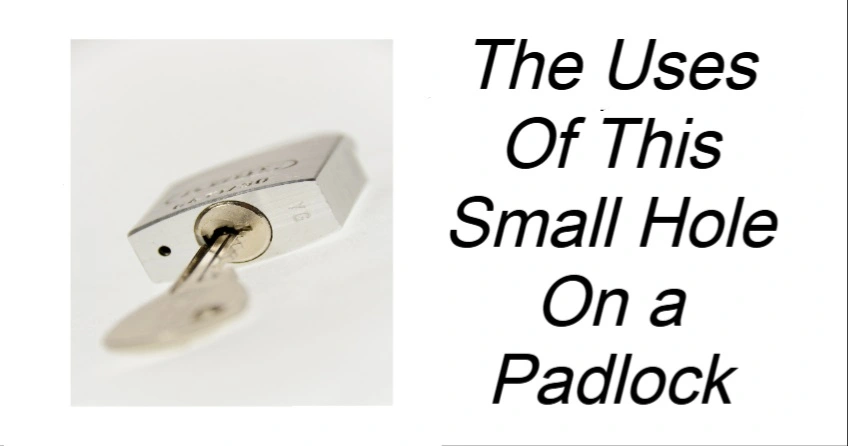
Padlocks may be small, but they play a big role in keeping your belongings safe—from toolboxes and lockers to sheds and gates. While they’re built to be tough, these compact security devices can face their own challenges, especially when exposed to moisture, rain, and changing weather conditions.
Have you ever noticed the tiny hole at the bottom of a padlock? It might seem like an odd design detail at first, but it actually serves several critical purposes—and knowing about them can help you get more life and reliability out of your lock.
💧 1. Drainage: Preventing Water Buildup and Rust
The most important function of that little hole? Letting water escape.
When padlocks are used outdoors—or even just stored in damp environments—they’re exposed to rain, humidity, and condensation. Without proper drainage, water can seep into the internal mechanism, causing:
-
Rust and corrosion
-
Sticking or jamming of the shackle
-
Overall failure of the locking mechanism
The hole at the bottom acts as a drainage port, allowing water to flow out instead of pooling inside. This simple feature helps protect the inner springs and pins from damage and ensures the lock continues to function smoothly.
💡 Did you know? Even marine-grade or stainless steel locks can rust over time without drainage. That tiny hole is one of your lock's best defenses against early failure.
🛠️ 2. Lubrication Access: Reviving a Stuck Lock
Another lesser-known use of the bottom hole is for applying lubricant.
If your padlock ever becomes difficult to open—even when you're using the correct key or combination—it may be due to dirt, debris, or dried-out internal parts. In such cases, you can insert a few drops of synthetic lubricant or graphite oil into the drainage hole to:
-
Free up stuck parts
-
Restore smooth movement
-
Extend the life of your lock
Avoid using thick oils or grease (like WD-40) long-term, as these can attract dirt. Instead, opt for lock-specific lubricants that are non-gumming and designed for fine mechanical parts.
🌧️ 3. Durability in Outdoor Use: Evolution of Lock Design
While the drainage hole has been a smart and subtle solution for years, modern lock designs are evolving even further. Today, you can find weatherproof or all-weather padlocks that offer:
-
Sealed or shielded keyways
-
Plastic or rubber coverings
-
Internal anti-corrosion coatings
These upgrades help protect the padlock’s core from snow, rain, salt, and dust—ideal for high-exposure environments like gates, garages, or boats.
Still, even the best locks benefit from occasional maintenance, and that little drainage hole remains a helpful feature—especially in older or traditional models.
🧠 Final Thought: Small Detail, Big Impact
The next time you handle a padlock, take a moment to appreciate the tiny hole at the bottom. It’s not just a random quirk—it’s a thoughtfully engineered feature that:
-
✅ Prevents rust and corrosion
-
✅ Extends the lock’s working life
-
✅ Provides access for maintenance
-
✅ Supports smooth functionality in all weather
In the world of security, sometimes it’s the smallest features that make the biggest difference. 🛡️
Bonus Tip:
Want to keep your padlock in tip-top shape year-round?
-
Store it with the keyhole facing down to prevent water from pooling inside.
-
Give it a quick lube every few months if used outdoors frequently.
-
If possible, shield it from direct rain or sun exposure for extra longevity.
News in the same category


Found this on my son’s scalp. Have no idea what it is and we can’t get a doc appt soon. Tips?

Cutting lemons seems simple but many people do it wrong

Most people will go their entire life without ever knowing what the little arrow next to the gas gauge actually means

3 types of fruits that are cheap in Vietnamese markets but are considered "pure gold" to protect health

My nana taught me this hack to get rid of dark circles in 5 mins with 0 work. Here’s how it works

4 ways to reheat boiled chicken without drying it out: Keeps the meat soft, sweet, and fragrant like newly cooked

It wasn't until the third time I changed the rice cooker that I realized it

Water Heater Explosions Without Anyone Using Them: A Common Daily Habit Many Households Overlook
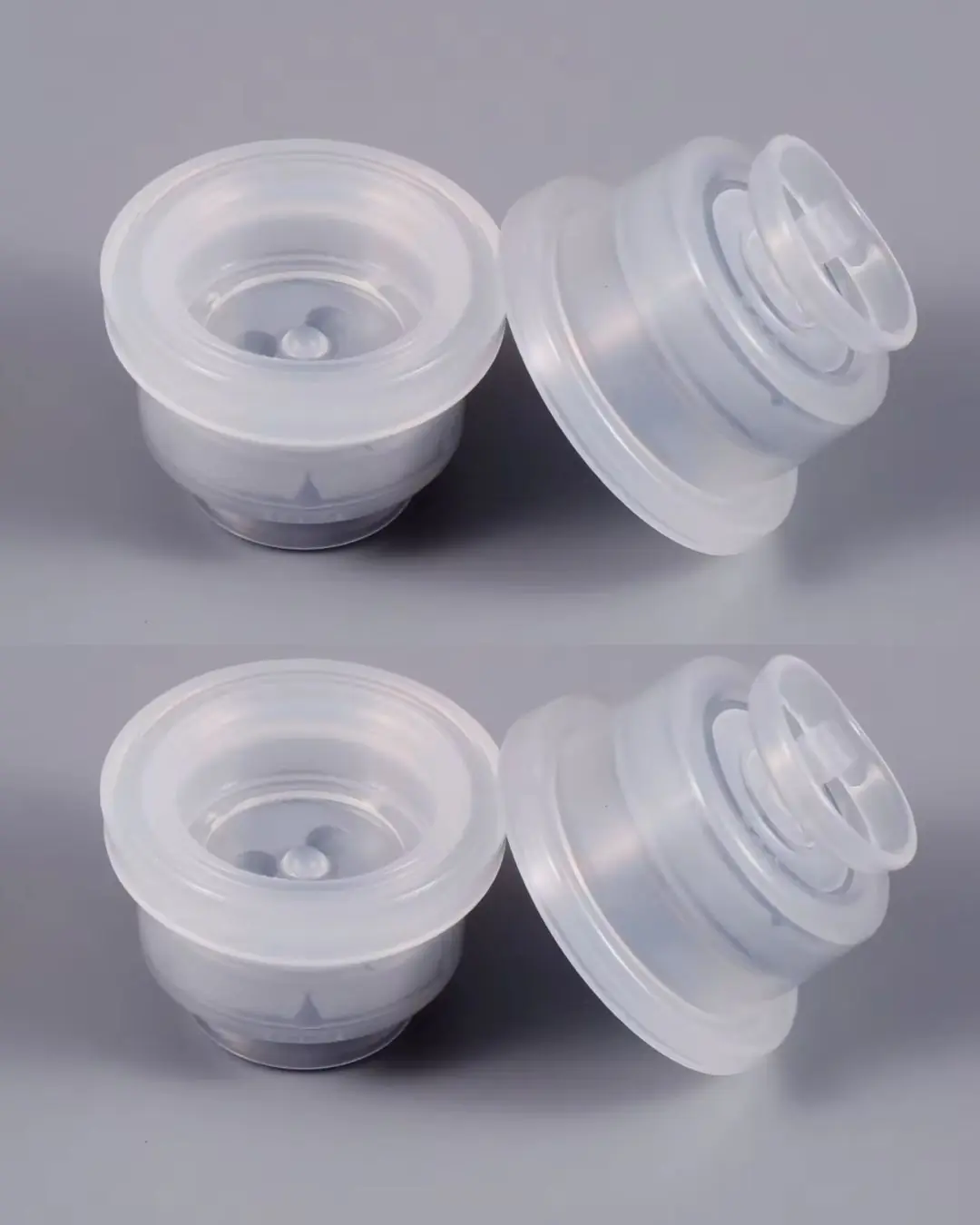
My husband found this tiny silicone thing in the sink while washing dishes. No clue where it’s from, but I swear I’ve seen it before. Any ideas?

My nana taught me this hack to strengthen thinning hair in 7 mins with 0 work. Here’s how it works

I have a crusty looking mole on my thigh. Should I be concerned?

People who brush their teeth regularly after every meal, after a few months, 3 changes may appear in their body
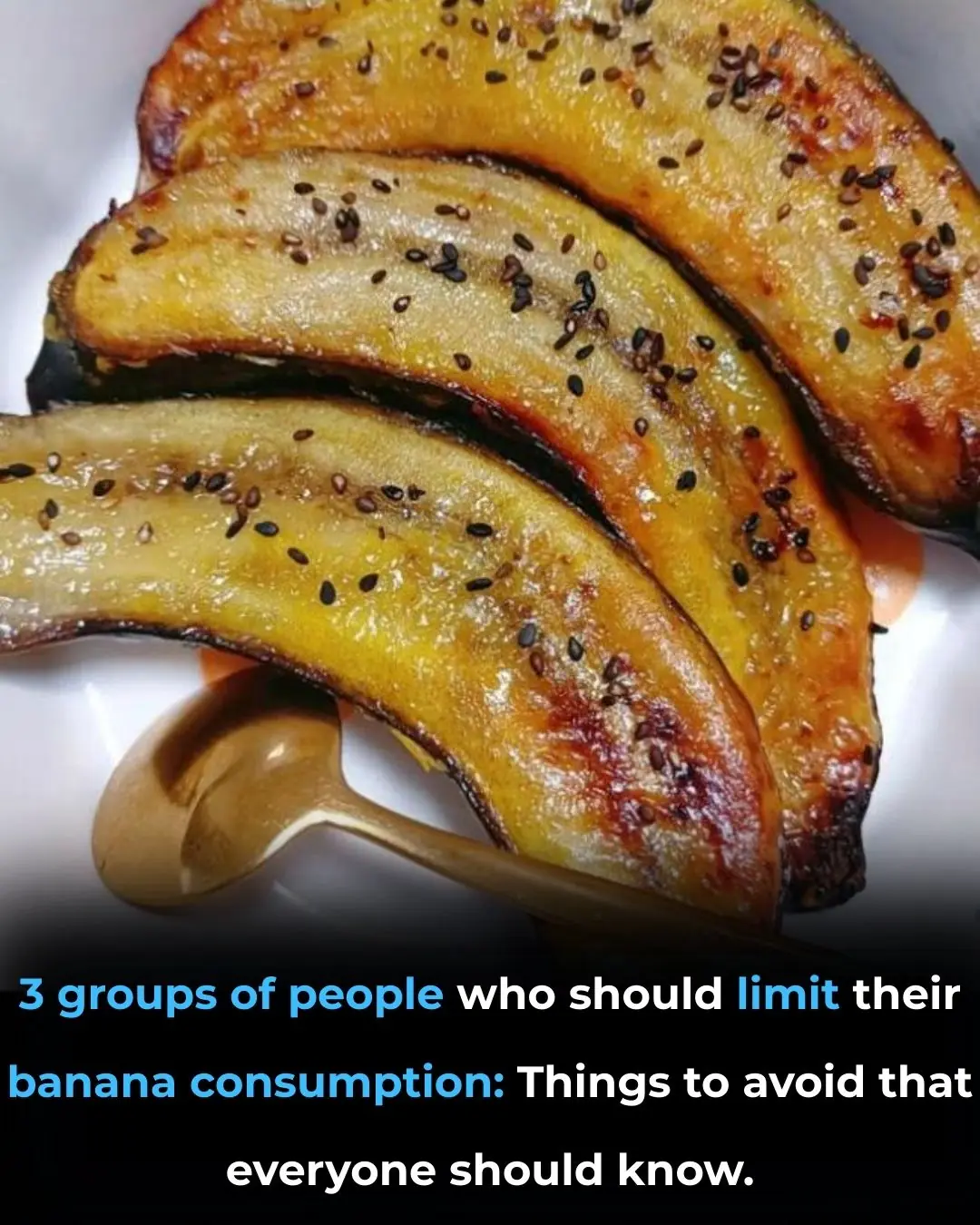
3 groups of people who should limit their banana consumption: Things to avoid that everyone should know

The world's best vegetable, planted once and harvested for decades, contains twice as much calcium as cow's milk, helping to strengthen bones and promote overall growth in children
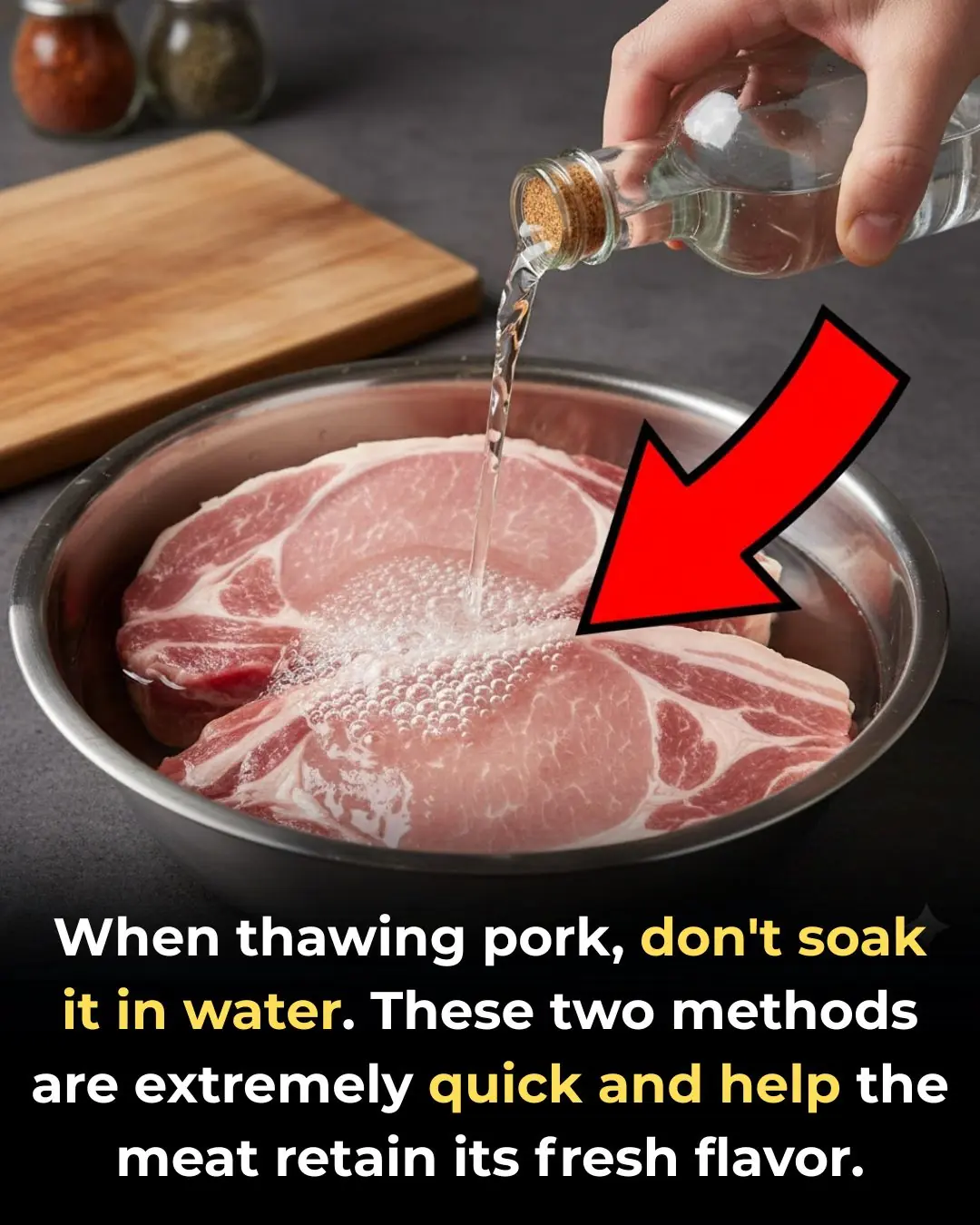
When thawing pork, don’t soak it in water
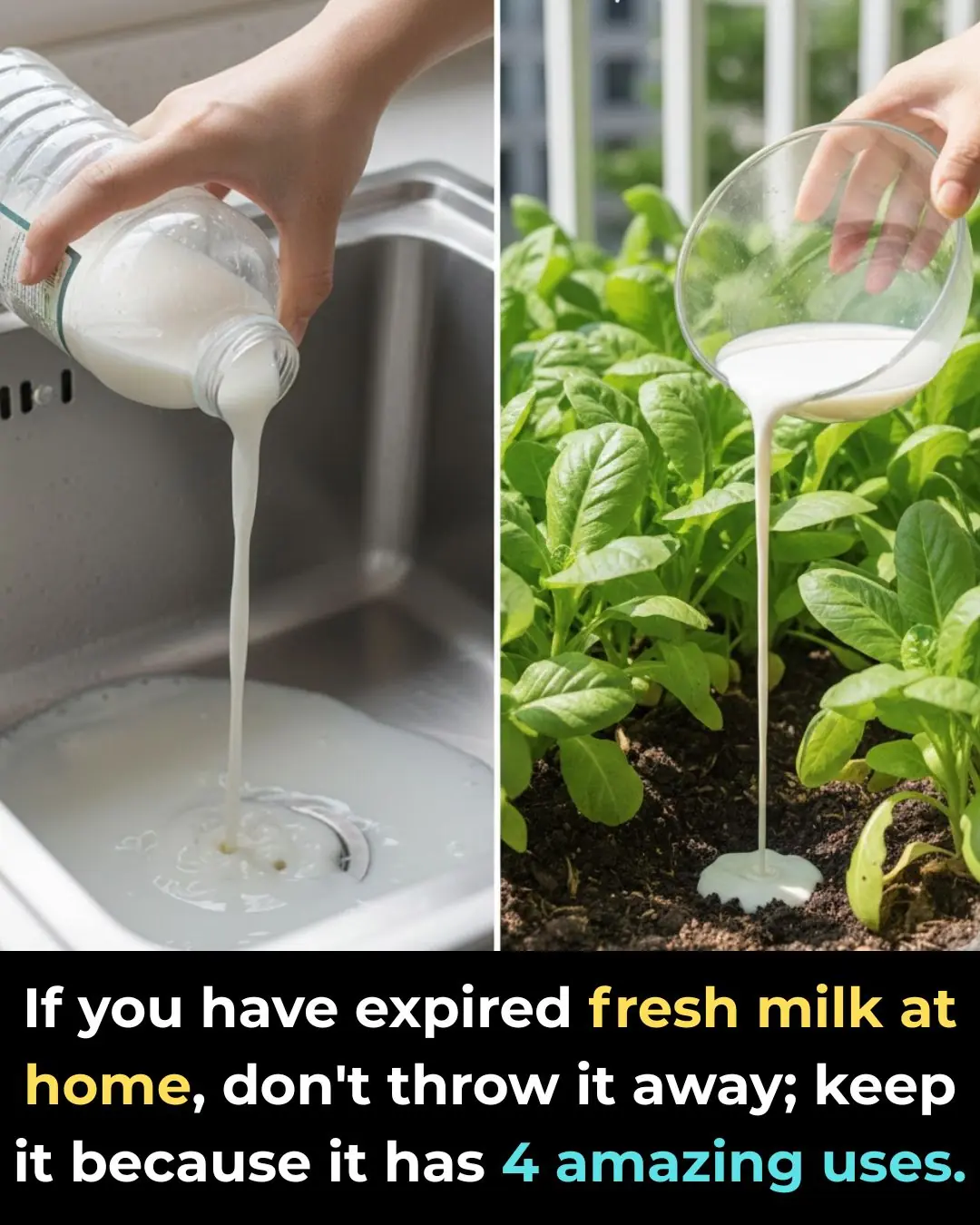
If you have expired fresh milk at home, don't throw it away, keeping it has 4 great uses

10 Essential Steps to Follow When Checking Into a Hotel Room

Most people will go their entire life without ever knowing what the thin lines on rear car windows actually do
News Post

Don't put the scallions straight into the refrigerator after buying them; follow this method, and they'll last for a whole month without spoiling.
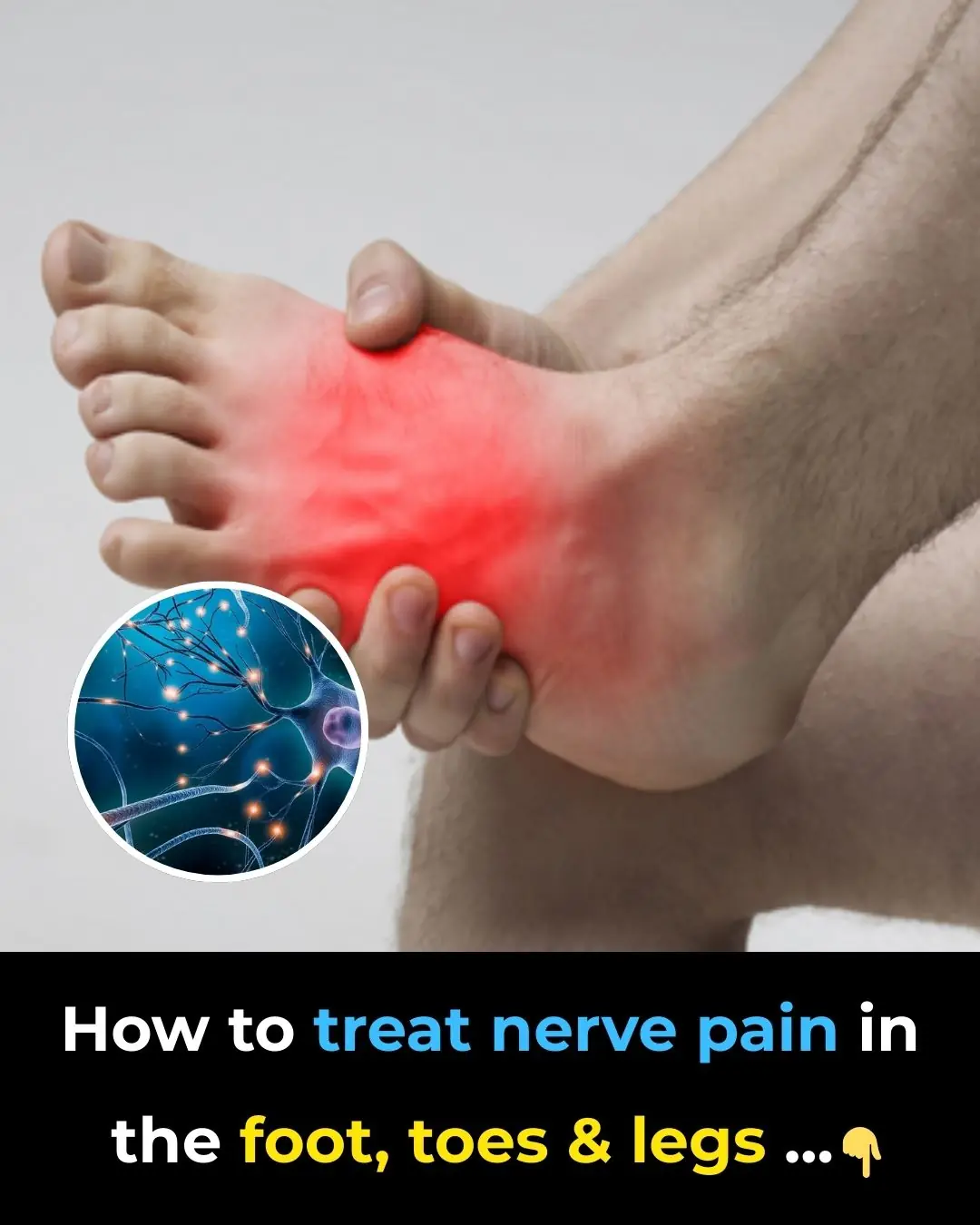
How to treat nerve pain in the foot, toes & legs

Why Your Legs Cramp At Night And How To Stop It From Happening
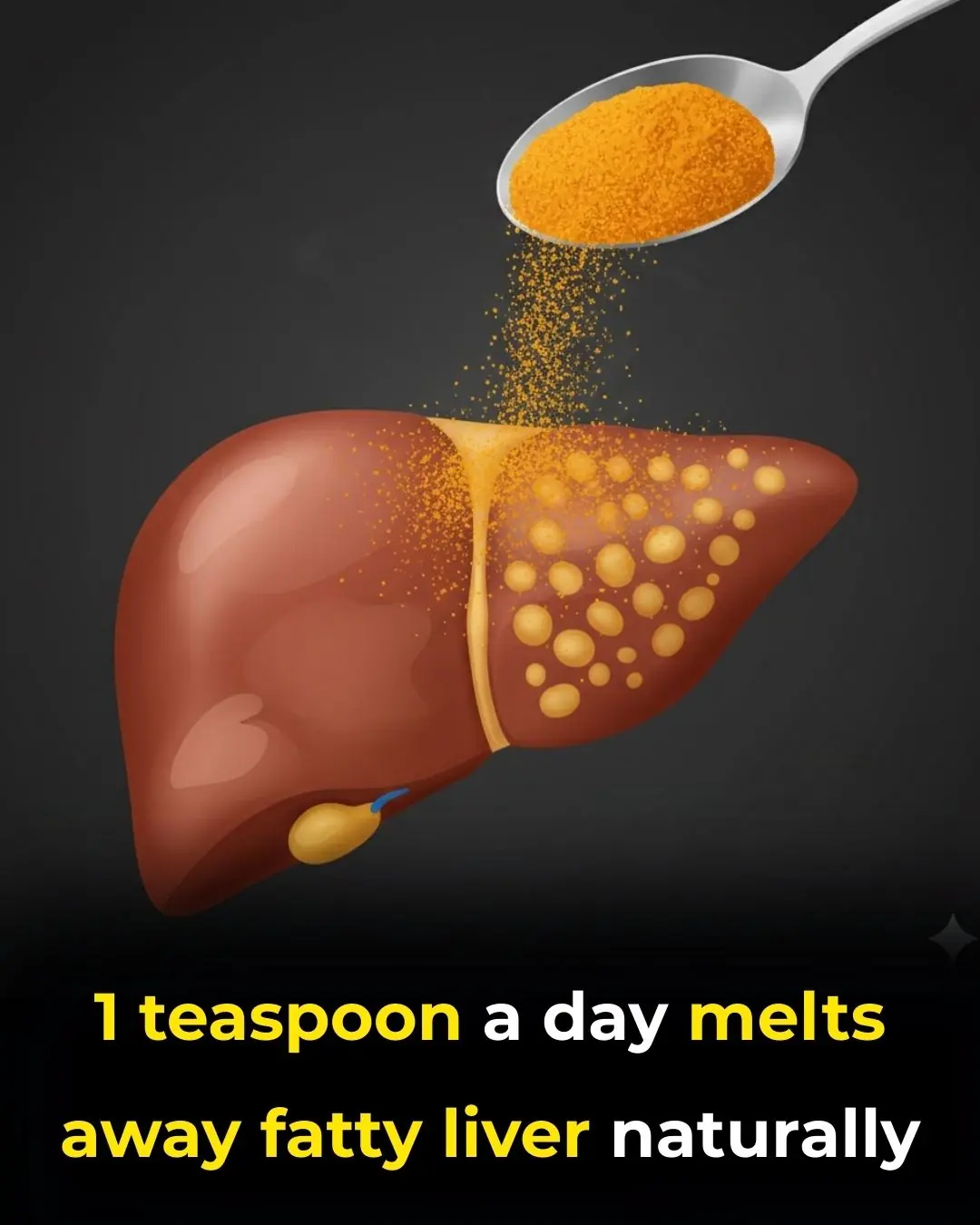
1 teaspoon a day melts away fatty liver naturally
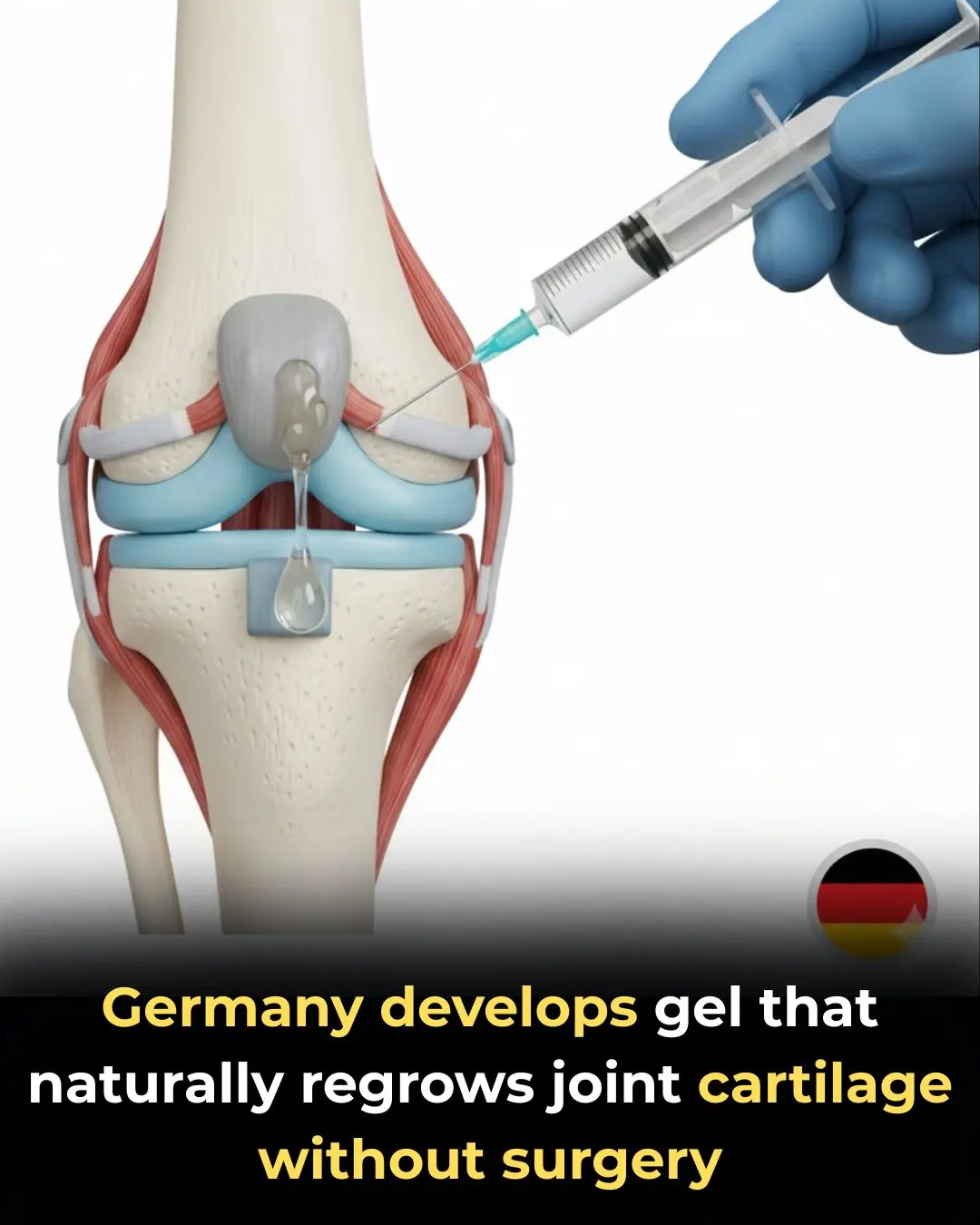
Revolutionary science is changing how we treat joint damage.

Millie Bobby Brown’s Reaction to Eleven’s Ending Goes Viral After Stranger Things Finale

Baby Name Expert Predicts the Most Popular Naming Trends for 2026

Don't be fooled by their supposed health benefits; these 3 fruits are secretly damaging your liver

Early signs of stroke should not be ignored, regardless of age

Surprising Health Benefits of Eating Ginger Every Day

Bizarre theories about people who have ‘never broken a bone’

The Lasting Power of Soulful Connection: How Kindness Leaves an Eternal Imprint

Olympian Gus Kenworthy Rescues 90 Dogs From South Korean Meat Farm, Turning Compassion Into Action

Crush Papaya Leaves Every Night – Your White Hair May Start Turning Dark and Growing Like Crazy by Morning

Brad Paisley and Kimberly Williams-Paisley Spread Holiday Joy by Giving 1,000 Christmas Gifts to Children in Need

Over 60? 10 Early Dementia Warning Signs You Must NEVER Ignore (Catch Them Before It’s Too Late)

The Cheapest Superfood Most Seniors Overlook That Could Transform Bone Health After 60
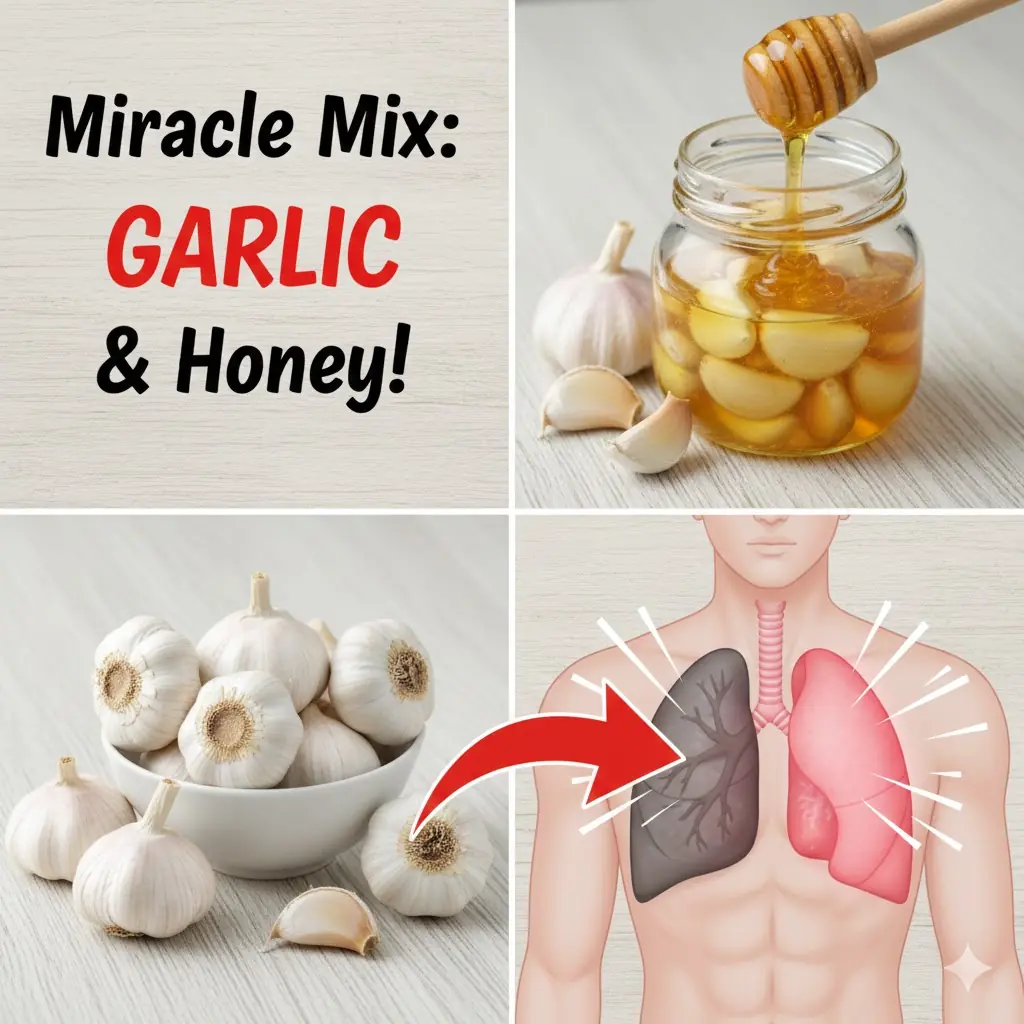
9 Hidden Garlic & Honey Benefits at Night (99% Don’t Know)

Boil Cinnamon, Cloves, Garlic, Ginger, Lemon & Onion for 15 Minutes – Your Body Will Feel the Difference by Day 3
